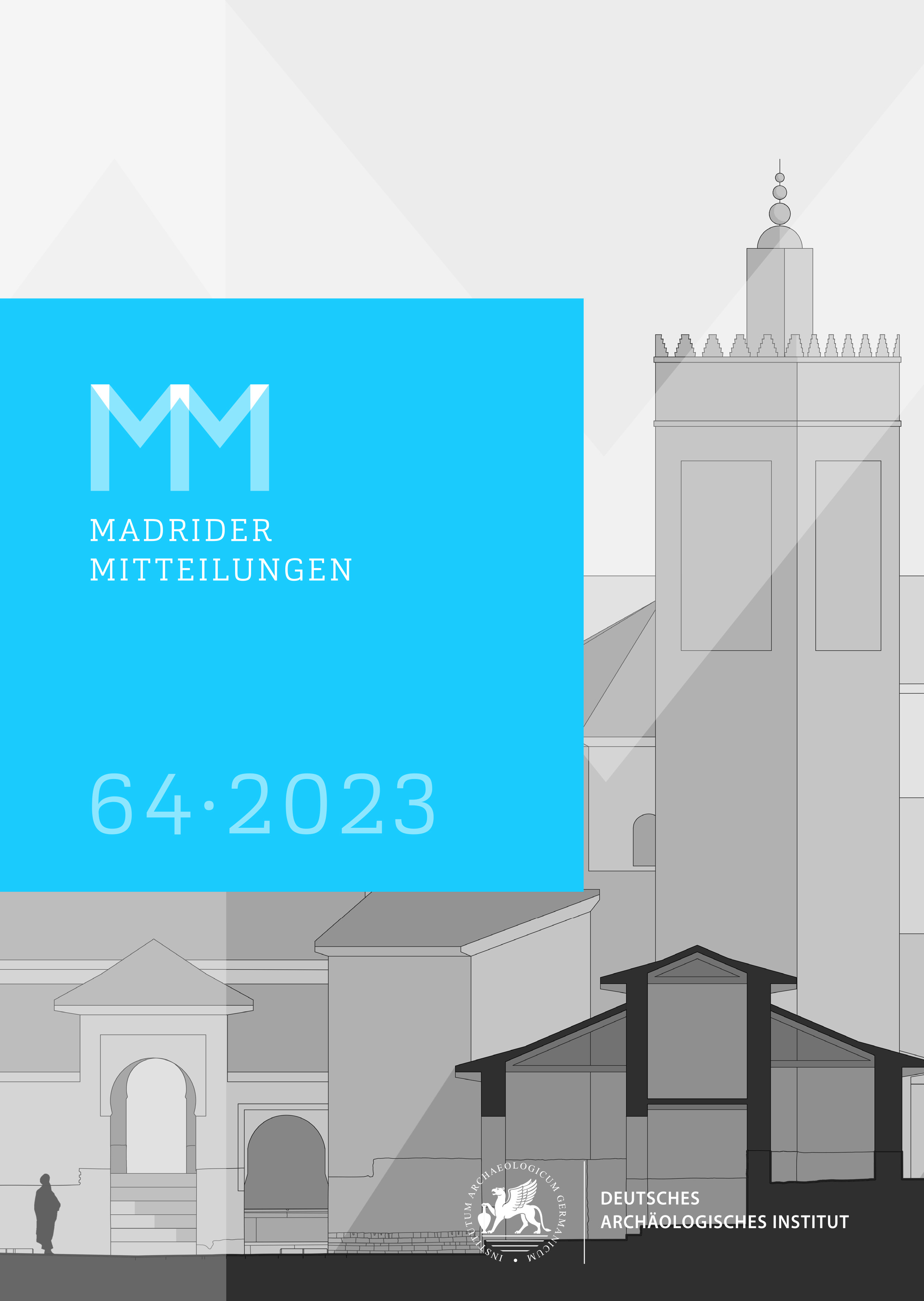The Peri-urban Sanctuary of Tútugi (Cerro del Castillo, Galera, Granada)
https://doi.org/10.34780/f552-5d02
Abstract
The excavation of Cerro del Castillo has uncovered an Iberian sanctuary linked to
the settlement of Tútugi, with two major chronological moments defining the use of
the space: a protohistoric period (7th – 6th centuries BC) and a middle Iberian period
(4th – 3rd centuries BC). The protohistoric levels contained ceramics of handmade
vessels and grey wheel thrown pottery, while the Iberian level produced two ceramic
forms: pots, with an outwards turned rim and reductive firing, and oxidising firing
bowls, both made on a potter’s wheel. In the second period, thousands of pots and
plates were deposited on a gypsum-covered terrace halfway up the hill. These ceramics
would have been part of religious rituals performed for a divinity at a nearby site.
In these rituals, essences were burnt and offerings and libations were made, after
which the pots were broken. Unused pots and plates were collected and deposited
separately, along with the remains of the ashes, coals, and seeds offered. The ritual
also involved other objects such as bronze rings and a few items of worked gold. The
site does not stand out visually in the environment; it is not conceived as a sanctuary
to be seen from a great distance. Its proximity to the city is what defines its own
character as a peri-urban sanctuary located in the anthropised environment, in an
open and accessible area, outside the physical limits of the city, although within the
political, economic and, no doubt, symbolic control of the city of Tútugi.
Keywords:
Bronce Final, Protohistoria, Ibérico, Tútugi, santuario, comensalía





